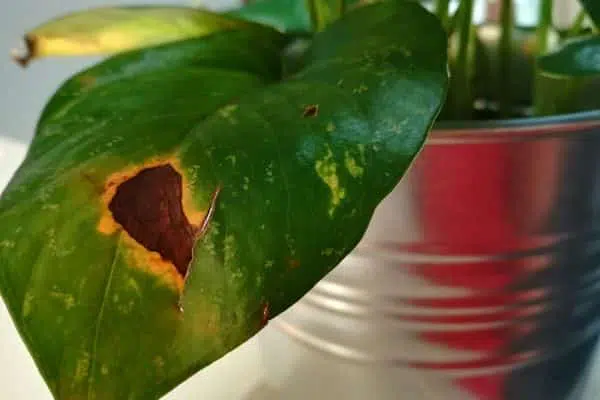It’s no surprise that a lemon tree is one of our backyard favorites. The sunshine yellow fruit is a must-have to add some zing to your cooking. But in growing lemon trees, you also have to pay attention to the problems with insects because there are several that do affect the plant severely.
Lemon trees are vulnerable to pests that attack the different parts of the tree. Identifying potential pest incursions early is crucial in effective control measures to prevent them from spreading.
1. Aphids
Aphids are small insects that can cause damage to your lemon trees. Aphids attach themselves to leaves, twigs, and other soft tissues where they constantly suck sap from the plant’s phloem.
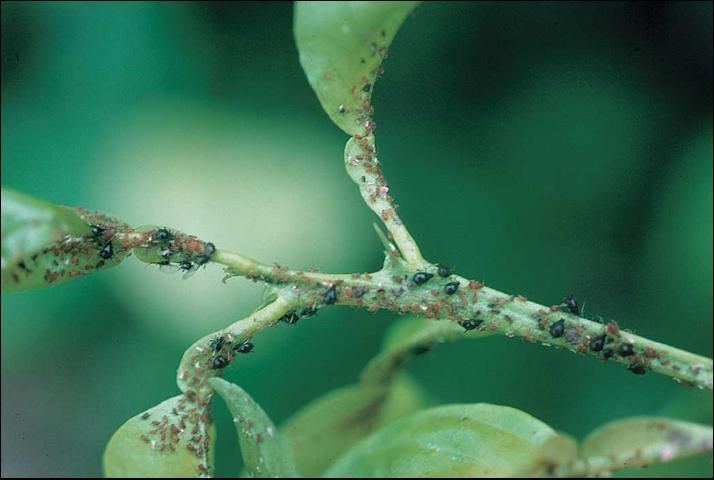
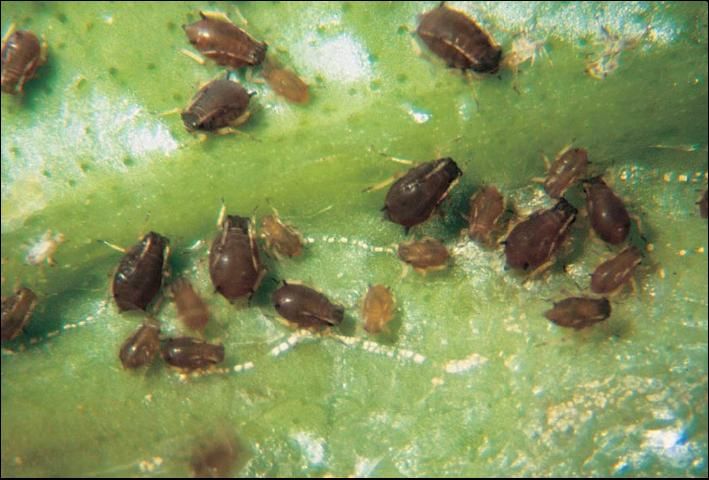
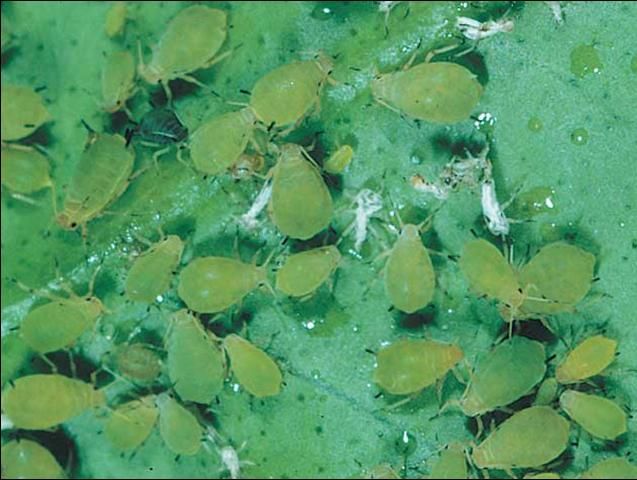
You can tell if your lemon tree has an aphid infestation by manually inspecting your plant for the insects using a magnifying glass. The presence of a sticky goo ”honeydew” on the plant’s leaves and fruit can also indicate a recent or occurring aphid infestation on your lemon trees.
Signs of an aphid infestation on your lemon trees include:
- Curling leaves on lemon trees
- Yellowing citrus leaves
- Slowed plant growth
- Stunted and drying shoots
- The presence of soot mold on leaves and fruits
Dealing with aphids involves early identification and the use of organic, biological, and chemical control measures. Neem tree oil solution is an effective prevention and control measure to control aphids on your lemon trees.
2. Citrus leaf miner
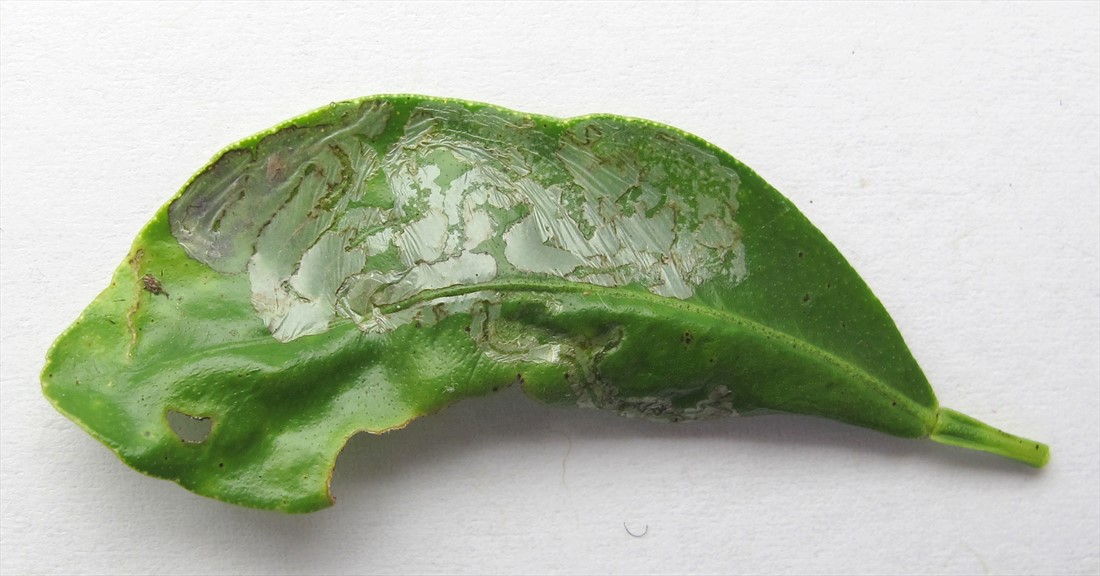
The citrus leaf miner (Phyllocnistis citrella Stainton) is a small winged insect that lays its eggs on the underside of your lemon tree leaves. Once the eggs hatch, the larvae burrow inside the leaf where they feed on the soft tissue inside the plant.
You can tell if your lemon tree is suffering from a citrus leaf miner attach by checking for small silver-like coloring within the leaf veins. You can also insect your plant’s leaves for the presence of eggs on affected surfaces.
Key indicators of Citrus leaf miner infestations include:
- Malformed leaves
- Stunted growth
- Reduced fruit size
- Evidence of tiny brown moths on lemon trees
You can opt for several prevention and control measures to keep your lemon trees safe from citrus leaf miners. Chemical sprays and biological predation are effective measures to safeguard against similar attacks in the future.
3. Citrus rust mite
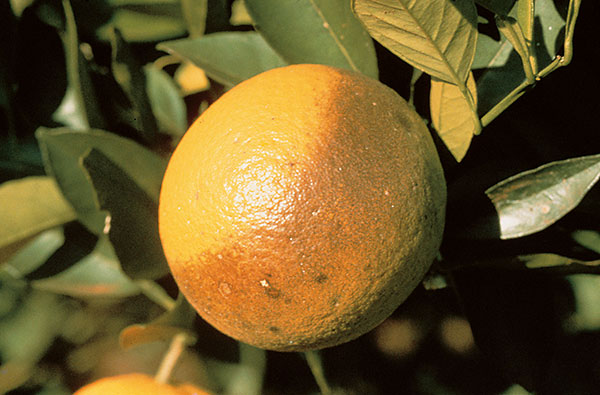
The citrus rust mite (Phyllocoptruta oleivora), also known as “silver mite”, is a common pest that affects lemon trees growing under humid conditions.
The pest affects mature trees and causes damage to leaves, twigs, and fruits. You can identify citrus rust mites by inspecting sections of your plant using specialized equipment. Adult citrus rust mites appear as small yellow-colored specks with an average size of about 0.15mm.
Indicators of citrus rust mite infestations include
- Considerable fruit damage
- The presence of small egg clusters in leaf depressions and cracks
- Reduced fruit yield
It’s crucial to deal with citrus rust mite infestations at an early stage. The pests can spread quickly to other trees, making them difficult to control effectively. Natural control measures such as predatory mites and pesticides can prove effective in dealing with pests.
4. Lemon bud moth
The lemon bud moth (Prays citri) is an average-sized brown insect that regularly attacks lemon trees during the blossoming season.
Adult moths lay eggs on young flowers and fruit to produce larvae that feed on the affected sections. Lemon bud moth larvae also feed on the tree’s leaves (and other soft tissue) where they cause extensive damage to blossoming plants.
Key indicators of lemon bud moth infestations include:
- Internal and external damage to lemon fruits
- External damage to lemon tree leaves and flowers
You can opt for different control and prevention measures that include natural control, chemical control, and pheromonal control. Spraying chlorpyriphos-rich insecticides is an effective deterrent against pests.
5. Mediterranean fruit fly
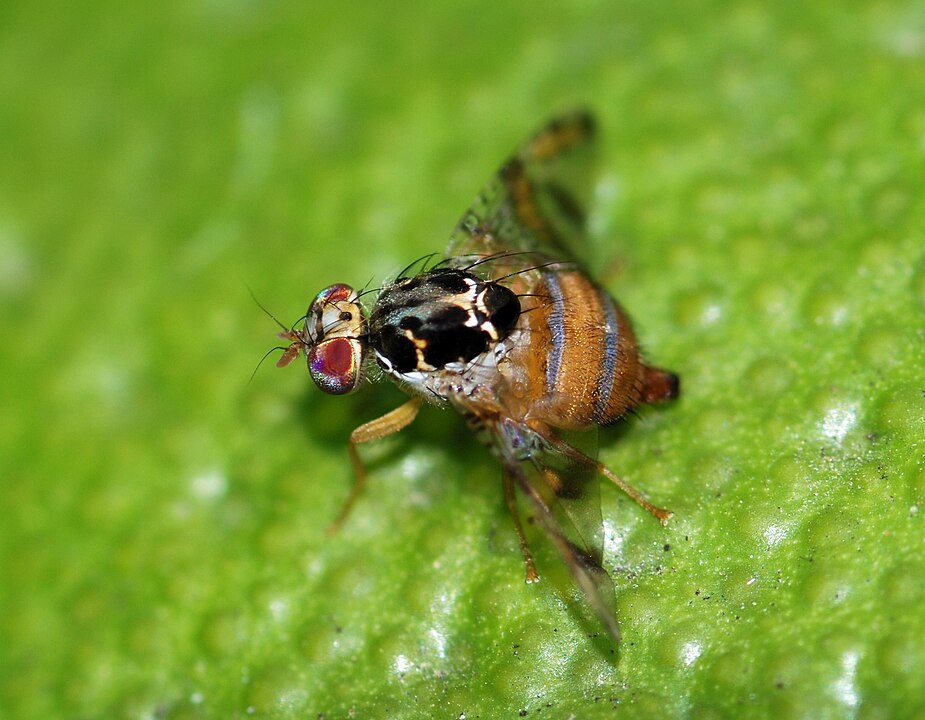
The Mediterranean fruit fly (Ceratitis capitata) is a small brown-yellow-winged pest that affects lemon trees by feeding on the tree’s fruits.
Female fruit flies attack mature fruit before ripening where they burrow small holes into the fruit and lay several egg clusters. On maturity, the larva starts to eat the fruits causing extensive damage.
Indicators of Mediterranean fruit fly infestations include:
- The presence of adult flies around ripening fruit
- The appearance of small black larvae from affected fruits
- Low fruit yield
Dealing with Mediterranean fruit flies involves destroying their breeding grounds including decaying fruit, and long grasses, and using insecticides to eradicate adult populations.
6. Crusader bugs
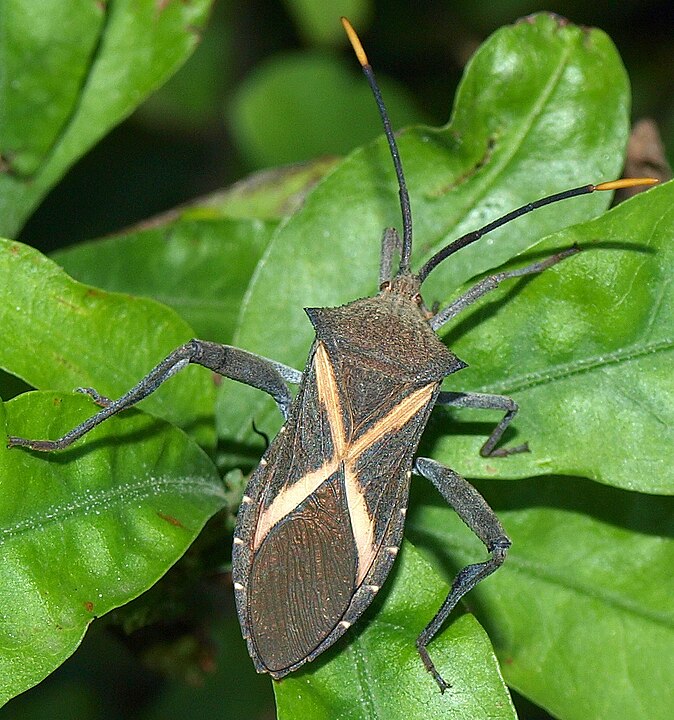
Crusader bugs (Mictis profana) are large brown insects with a conspicuous “X” on their backs. The bugs feed on young lemon tree shoots where they extract sap from the plant’s soft tissues.
Crusader bugs are easy to identify owing to their large size and conspicuous features. The insects also secret a strong unpleasant smell when disturbed as a deterrence from predators.
Indicators of a crusader bug infestation include:
- Wilting shoots and flowers
- Secretion of sap through holes left on the plant after the insects feed
- Yellow-white blotches on leaves
- Deformed fruits and leaves
- Citrus leaves fall off in some cases.
Effective control measures include handpicking, chemical control, and predation. Birds and spiders regularly feed on the insects while insecticides prove useful when dealing with large-scale infestations.
7. Citrus gall wasp
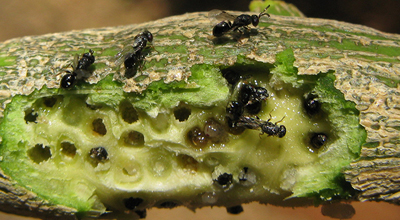
The citrus gall wasp (Bruchophagus fellis) is a notorious black/brown pest that attacks lemon tree stems and twigs.
The insect causes swellings(galls) to appear on affected plants leaving them vulnerable to breaking and diebacks.
Adult citrus gall wasps measure about 3mm or less in size which can be challenging to spot. The wasps lay eggs in the galls, which then hatch in spring to produce numerous young insects.
Indicators of a citrus gall wasp infestation include
- Swellings on young twigs and stems.
- The emergence of small black insects during spring.
- Branch/ twig diebacks.
- Reduced growing vigor.
Citrus gall wasps have a limited flying range which makes it easy to control the pests. However, large-scale infestations require a collective effort by community members. You can opt for chemical treatments to control and deter adults.
It’s also important to regularly monitor your lemon trees for signs of potential gall formations on your citrus trees.
8. Scales
Scales (Coccomorpha) are small insects that suck plant sap to cause tissue damage to affected sections of your plant. The insects exhibit a wax-like covering that keeps their soft tissue safe from the elements and predation.
Scales have different physical variations that can be challenging to distinguish from other sap-sucking insects. However, unlike aphids, they become immobile when feeding; an aspect that makes it easy to control the creatures.
Key signs of a scale infestation include:
- Wilting leaves
- Premature leaf drop
- The presence of wax-like clusters on the underside of leaves
- Blemishes on fruits and twigs
Effective scale control strategies include a combination of cultural practices, biological measures, and chemical treatments. Regular pruning can help control scale infestations by improving airflow and sunlight exposure.
You can simply apply a neem oil solution on lemon trees to kill scale, mealybugs, and other pesky pests on your citrus trees. This treatment, however, is best applied to indoor trees.
9. Mealybugs
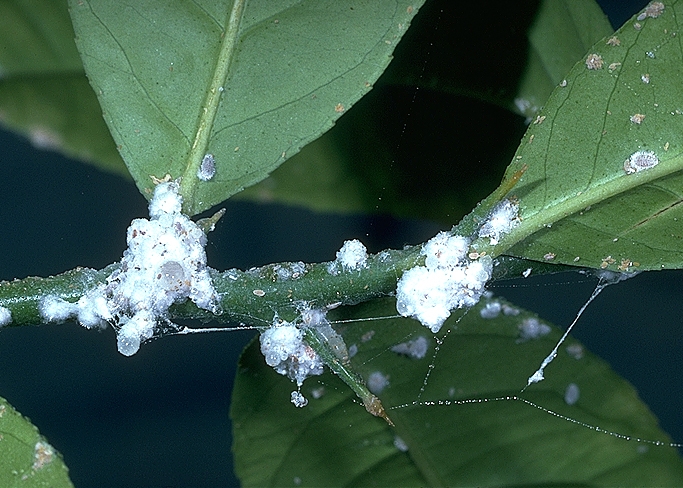
Mealybugs (Pseudococcidae) are small-bodied insects that feed on plant sap. The insects appear as small white specks on leaves, twigs, and other soft tissues.
Adult insects measure between 1.2 mm and 5 mm in size. Mealybugs cause damage to plant tissues by puncturing small holes on sensitive parts of your lemon tree. High mealybug populations can have detrimental consequences on your lemon tree as they leave the plant vulnerable to fungal and bacterial infections.
Indicators of mealybug infestations include:
- Stunted growth
- Yellowing leaves
- Premature fruit and leaf drop
- Evidence of sooty mold
You can opt for different control measures when dealing with a mealybug infestation on your lemon trees. Mealybugs are vulnerable to predation from ladybugs, hoverflies, and other insects.
Rubbing alcohol on the insects is an effective technique for dealing with mealybugs on a small scale. You can also opt for chemical insecticides to control extensive mealybug populations on your lemon trees.
10. Rats (rodents)
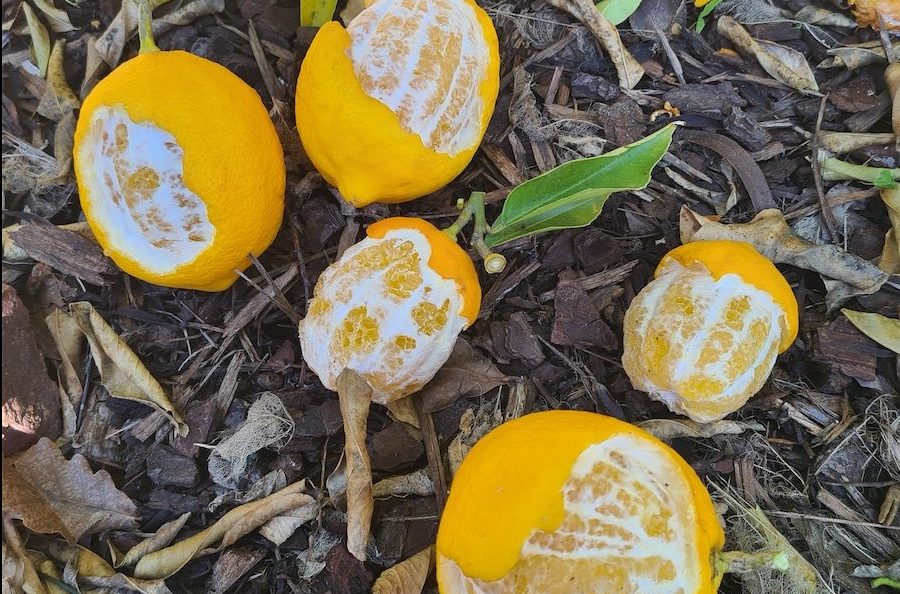
Rats are a formidable pest that can easily damage lemon tree fruits, twigs, and leaves. The rodents occasionally gnaw on the tree’s bark causing extensive tissue damage to sensitive sections of your tree.
You can tell if your lemon tree is suffering from rats and other rodent attacks by checking for bite marks on fruits, twigs, and stems. Rodent populations can explode if left unchecked, especially when growing lemon trees in an outdoor setting
Key indicators of rat infestations include
- Evidence of bite marks on stems, fruits, and twigs
- The presence of rat droppings on leaves, or at the base of the plant
- The physical presence of rats within the vicinity of your lemon tree
Dealing with a large-scale rodent infestation can be challenging. However, you can opt for biological control measures, traps, and bait to keep their populations in check.
11. Snails and slugs
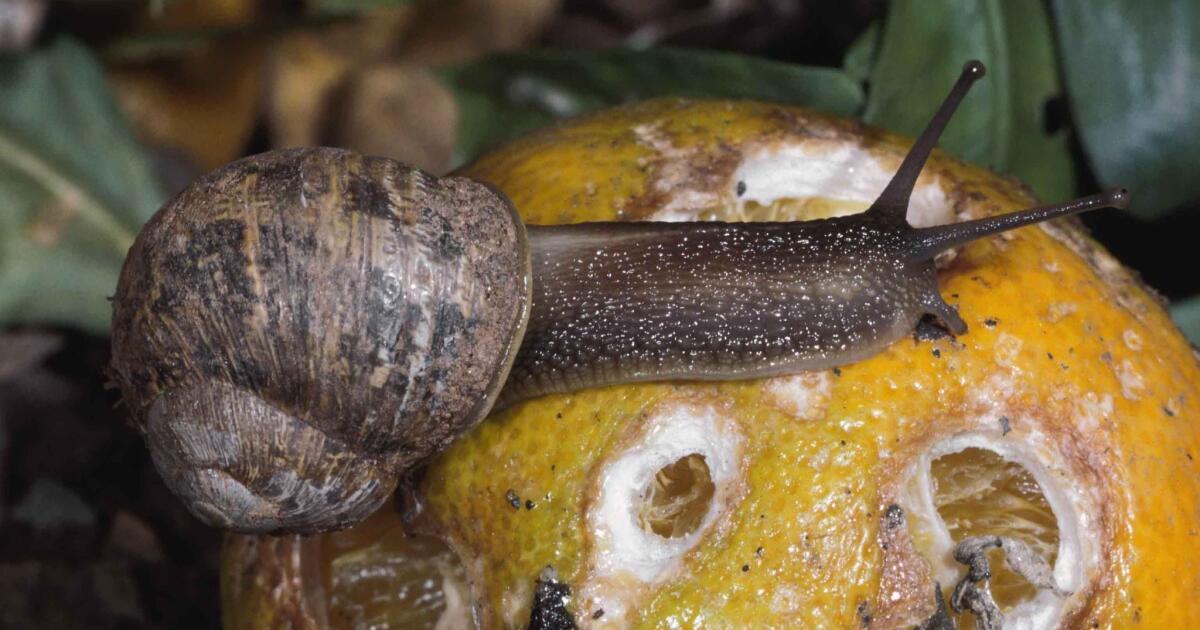
Snails and slugs might attack lemon trees where they feed on young shoots, ripening fruit, and young tree bark. Brown snails (Cornu aspersum) are a highly widespread species that cause damage to lemon trees.
You can tell if your citrus tree is under snail attacks by checking for signs of chewing on the leaves, twigs, and fruits. Snails also leave a slime trail which makes them easy to spot.
Key signs of snail infestations include:
- Presence of several snails within a lemon tree
- Circular bitemarks on leaf margins
- Several slime trails on lemon tree leaves and fruits
You can use several control measures when dealing with a snake infestation. One method involves physically picking up the snails and moving them away from our trees. Snails are also vulnerable to predation; birds, snakes, and other predators regularly feed on the pests.
You can also use a combination of chemical deterrents and cultural practices to keep their numbers in check.
Are lemon trees prone to pest attacks?
Lemon trees are susceptible to pest attacks that range from insects, rodents, bugs, larvae, and gastropods. Extensive damage can cause stunted growth, leaf fall, and even some citrus tree diseases.
References
- Department of Primary Industries and Regional Development. (n.d.). Aphids in citrus. Government of Western Australia. https://www.agric.wa.gov.au/citrus/aphids-citrus
- Olson, S. M., & Santos, B. M. (2010). Tomato production in Florida, Chapter 3: Fertilization. UF/IFAS Extension. https://edis.ifas.ufl.edu/publication/HS133
- Australian Centre for International Agricultural Research. (n.d.). Citrus leafminer. Lucidcentral. https://apps.lucidcentral.org/ppp_v9/text/web_full/entities/citrus_leafminer_240.htm
- Bayer Crop Science. (n.d.). Citrus rust mite. https://www.cropscience.bayer.eg/en-eg/pests/pests/citrus-rust-mite.html
- Insect Science. (n.d.). Citrus flower moth. https://insectscience.co.za/pest/citrus-flower-moth/
- Australian Centre for International Agricultural Research. (n.d.). Citrus fruit-piercing moth. Lucidcentral. https://apps.lucidcentral.org/pppw_v10/text/web_full/entities/citrus_fruit_piercing_moth_113.htm
- Wikipedia contributors. (2023, June 6). Ceratitis capitata. In Wikipedia, The Free Encyclopedia. Retrieved June 12, 2024, from https://en.wikipedia.org/wiki/Ceratitis_capitata
- Wikipedia contributors. (2023, February 27). Mictis profana. In Wikipedia, The Free Encyclopedia. Retrieved June 12, 2024, from https://en.wikipedia.org/wiki/Mictis_profana
- Department of Primary Industries. (n.d.). Crusader bug. Government of New South Wales. https://www.dpi.nsw.gov.au/agriculture/horticulture/citrus/content/insects-diseases-disorders-and-biosecurity/insect-pest-factsheets/crusader-bug
- Agriculture Victoria. (n.d.). Citrus gall wasp. Government of Victoria. https://agriculture.vic.gov.au/biosecurity/pest-insects-and-mites/priority-pest-insects-and-mites/citrus-gall-wasp
- ResearchGate. (n.d.). *Coccus pseudomagnoliarum on Citrus sinensis: (a) preovipositing females, (b) parasitized nymph*. https://www.researchgate.net/figure/Coccus-pseudomagnoliarum-on-Citrus-sinensis-a-preovipositing-females-b-parasitized_fig3_342604117
- University of California Agriculture and Natural Resources (UCANR). (2019, June 5). *The Asian citrus psyllid and huanglongbing disease*. https://ucanr.edu/blogs/blogcore/postdetail.cfm?postnum=29424
- City News. (2021, July 1). Rats! There go the lemons and it’s not the possums. https://citynews.com.au/2021/rats-there-go-the-lemons-and-its-not-the-possums/



